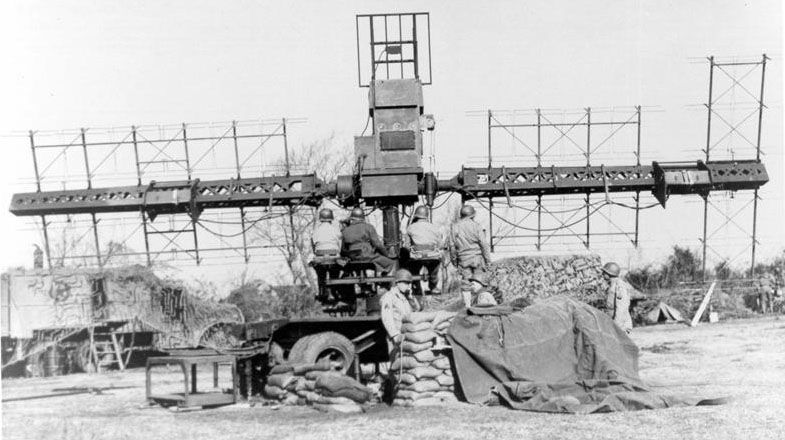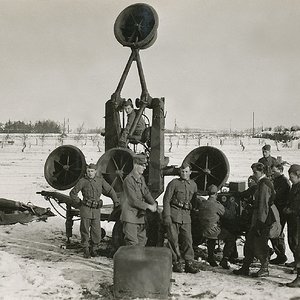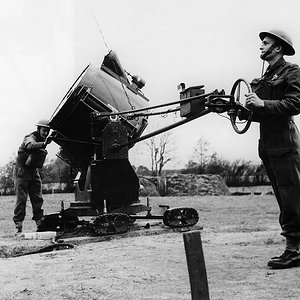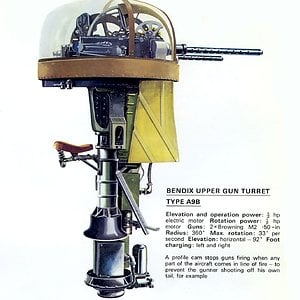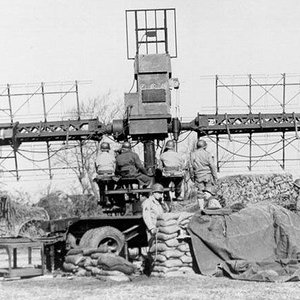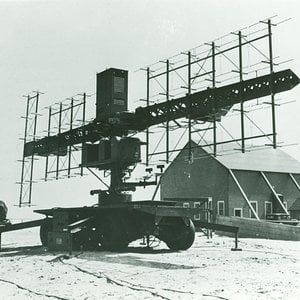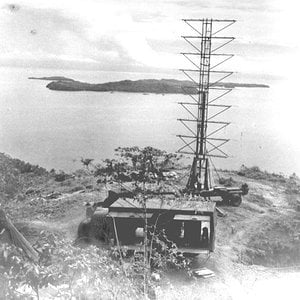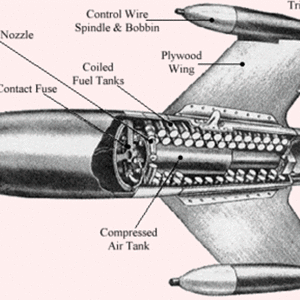Navigation
Install the app
How to install the app on iOS
Follow along with the video below to see how to install our site as a web app on your home screen.
Note: This feature may not be available in some browsers.
More options
You are using an out of date browser. It may not display this or other websites correctly.
You should upgrade or use an alternative browser.
You should upgrade or use an alternative browser.
Probably the most significant research between the wars pertained to radar, an offshoot of radio. Radar is an acronym for radio detection and ranging and was not actually coined until 1940 by the USN. The origin of Army radar research dated back to WWI when Major William R. Blair conducted experiments in sound ranging for the purposes of locating approaching aircraft by the use of their engines. In the 1930s Blair became director of the Signal Corps labs at Fort Monmouth and began investigating the pulse-echo method of detection in the Signal Corps labs.
In December 1936, Signal Corps engineers conducted the first field test of the radar equipment at the Newark, New Jersey, airport where it detected an airplane seven miles away.
By May 1937, Signal Corps demonstrated its still crude radar, the SCR-268, a short-range radar set, for Secretary of War Harry H. Woodring; BG Hap Arnold, Assistant Chief of the Army Air Corps; and others. The Secretary and BG Arnold were impressed and the latter urged development of a long-range version for use as an early warning device. With high-level support, the Signal Corps received money needed to continue its developmental program.
The Signal Corps application of radar to coastal defense was an extension of its long-standing work in the development of electrical systems for that purpose, which began in the 1890s. Because the National policy remained one of isolationism, American military planners envisioned any future war as defensive. Hence the Signal Corps developed the SCR-268, designed to control searchlights and anti-aircraft guns, and subsequently designed for the Air Corps two sets for long-range aircraft detection: SCR-270, mobile set with a range of 120 miles, and the SCR-271, a fixed-radar with similar capabilities.
By early December 1941 the aircraft warning system on Oahu had not yet been fully operational. The Signal Corps had provided SCR-270 and SCR-271 radar sets earlier in the year, but construction of fixed sites had been delayed and radar protection was limited to six mobile stations operating on a part-time basis to test crews and equipment.
In December 1936, Signal Corps engineers conducted the first field test of the radar equipment at the Newark, New Jersey, airport where it detected an airplane seven miles away.
By May 1937, Signal Corps demonstrated its still crude radar, the SCR-268, a short-range radar set, for Secretary of War Harry H. Woodring; BG Hap Arnold, Assistant Chief of the Army Air Corps; and others. The Secretary and BG Arnold were impressed and the latter urged development of a long-range version for use as an early warning device. With high-level support, the Signal Corps received money needed to continue its developmental program.
The Signal Corps application of radar to coastal defense was an extension of its long-standing work in the development of electrical systems for that purpose, which began in the 1890s. Because the National policy remained one of isolationism, American military planners envisioned any future war as defensive. Hence the Signal Corps developed the SCR-268, designed to control searchlights and anti-aircraft guns, and subsequently designed for the Air Corps two sets for long-range aircraft detection: SCR-270, mobile set with a range of 120 miles, and the SCR-271, a fixed-radar with similar capabilities.
By early December 1941 the aircraft warning system on Oahu had not yet been fully operational. The Signal Corps had provided SCR-270 and SCR-271 radar sets earlier in the year, but construction of fixed sites had been delayed and radar protection was limited to six mobile stations operating on a part-time basis to test crews and equipment.

